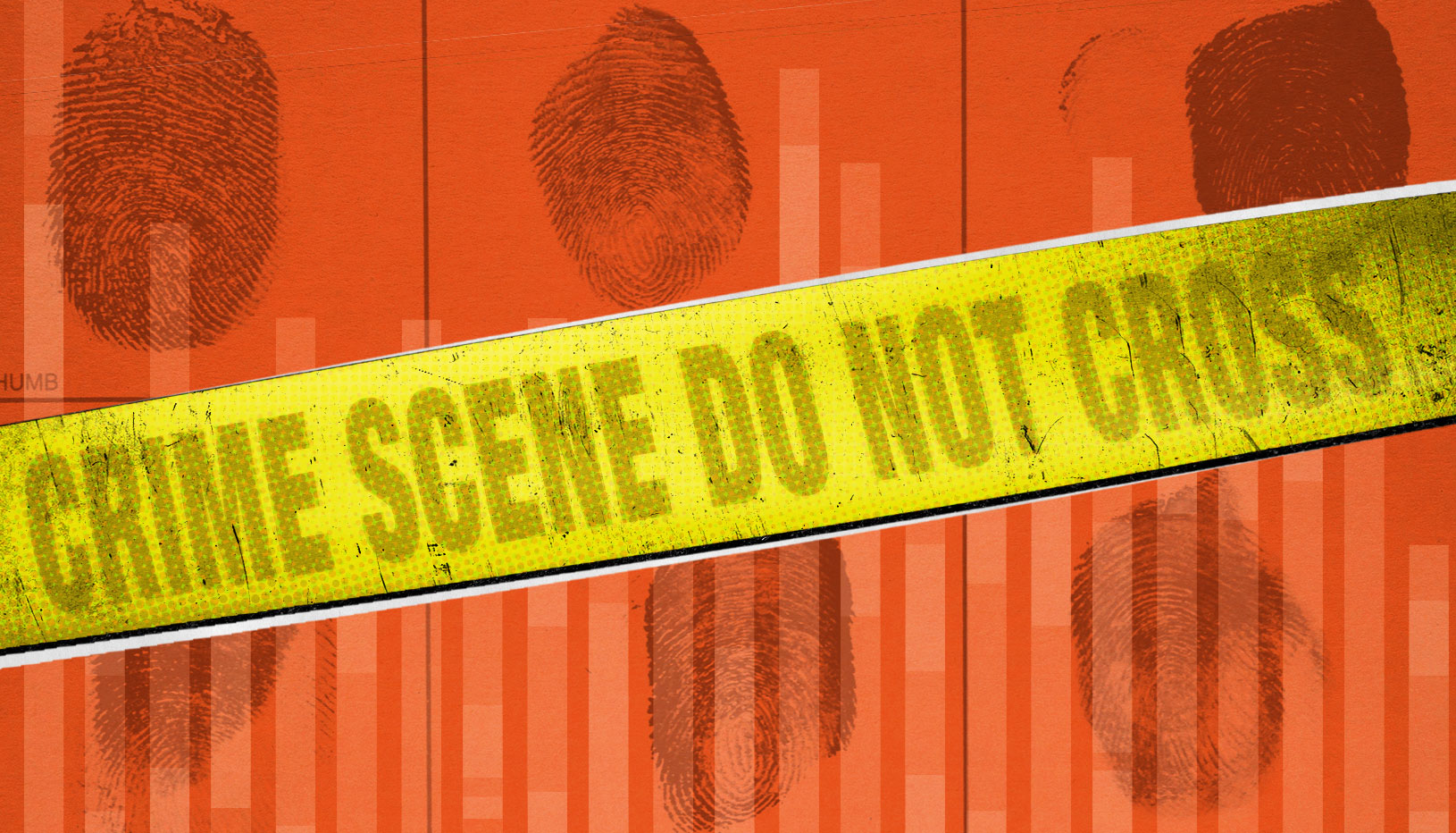Click here for the latest FBI crime statistics >>
After years of decline, crime rose during the Covid-19 pandemic, particularly violent crime. Using available but incomplete data, this analysis seeks to set out a clear and accurate summary of what is known so far about recent trends in crime and violence.
While researchers have begun to identify some of the factors that may have contributed to this upward trend, it is far too soon to say with certainty why crime rose after 2019. This uncertainty itself should guide our understanding of crime trends today. It underscores the danger of jumping to conclusions — such as blaming specific, often newly implemented, policies or reforms. Last, the analysis points to promising new solutions that may address some of the factors behind recent crime trends.
At the outset, it’s important to note that this analysis focuses on the most serious offenses known to law enforcement. Other visible social problems, such as homelessness, and less serious offenses, such as shoplifting, also affect perceptions of public safety and may be the subject of future analyses.






